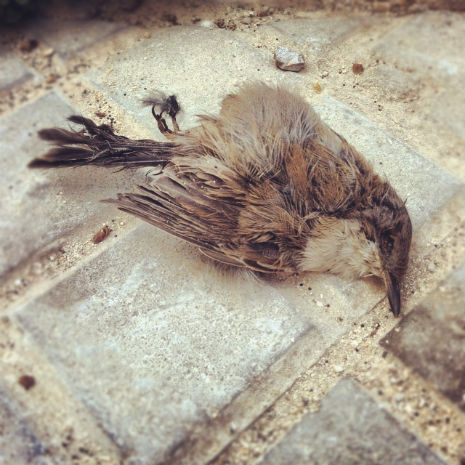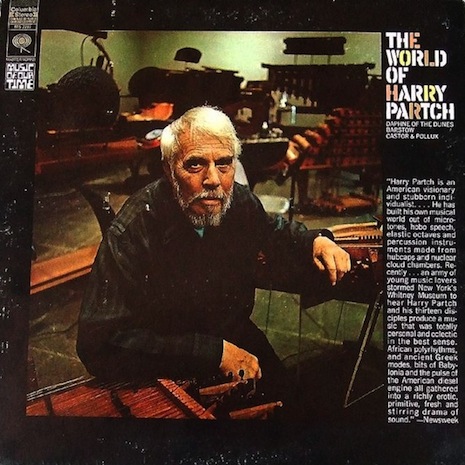
In April of this year, YouTube user yadniel padron aguilera, presumably a Cuban citizen, posted three videos. All three videos are just raw footage taken by a single person, straight footage recorded without any cuts. There isn’t really any information about these videos—hardly any text was uploaded with them—but they add up, potentially, to a very interesting story.
At the very least we’re desperate to know more.
The first video, “Beyoncé and Jay-Z in Cuba,” uploaded on April 6, is 22 minutes long. It’s a fairly aimless attempt to capture some footage of the two married megastars as they make their way from a building to an automobile or vice versa. A few times in the video one can in fact see Jay-Z and Beyoncé walk from a building to a van or the like, surrounded by just teeming hordes of people. Mainly what the video is is a documentation of the thousands of devoted fans swarming the area in the hopes of catching a glimpse of Jay-Z and Beyoncé. In a funny way it’s an unintentional commentary on the nature of fame.
“Beyoncé and Jay-Z in Cuba”:
The second two videos are dated April 10, and apparently document the same event—a very remarkable event indeed! The two videos bear the same title, “Beyoncé vs Hermann Nitsch,” and the one we’re going to call “BvHN1” lasts 8:05 and the one we’re going to call “BvHN2” lasts 5:30.
If you’re not familiar with the work of the notorious Austrian artist Hermann Nitsch, suffice it to say that his Das Orgien-Mysterien-Theater arguably took Antonin Artaud’s concept of “the theater of cruelty” to its most extreme expression. (Everything about Nitsch’s work is extremely NSFW!! You have been warned! Your co-workers will think you are nuts if you are caught watching! It is recommended that the squeamish under no circumstances check out a Google Images search for “Hermann Nitsch.” Seriously. It’s very disturbing stuff.)
Both videos record a big chunk of what is unmistakably a Nitsch-style “action,” complete with naked people, dismembered animals, people wearing white clothes stained with what could very well be blood, unearthly music, people being crucified in some way, rampant abuse of fruits and vegetables, and a generally orgiastic atmosphere. When I say “Nitsch-style,” I am 99% certain that this is actually an event staged by Nitsch, but I’m not 100% certain. He was in Havana in the spring of 2012, but Beyoncé and Jay-Z were there in 2013.
Back to those Cuban videos: Despite the title, in neither video is there any overt physical appearance by Beyoncé (and at no point is any of her music played). Nevertheless, her name is mentioned in the titles of both videos.
Why is her name there? Why did yadniel padron aguilera decide to pair Beyoncé and Nitsch in this way? For more YouTube hits?
“BvHN1”:
“BvHN1” features pretty much straight footage of the bloody “happening” and little else. Stirring atonal modern music can be heard throughout, with occasional loud whistles that appear to dictate new events in the revelry. Mostly a group of perhaps 30 people spend most of the video frolicking among a bunch of fruits and vegetables and possibly some fluids that are more vital to life.
“BvHN2”:
“BvHN2” is clearly footage of more or less the same event, but in this one there are a bunch of tables everywhere, and it seems like it may be a preparatory stage for the other video, an earlier stage. It’s hard to tell.
But there’s something very striking about “BvHN2” as opposed to “BvHN1”—namely, there is a pretty tight clot of what must be a couple thousand people milling around not far from the tables. Furthermore, after about a minute it becomes apparent that LOTS of the people there are DOCUMENTING the ever-loving SHIT out of this event, quite possibly a human being at the center of the clot of people—in other words, perhaps they’re not documenting the “happening” as such, but an extremely famous onlooker or two? A whole bunch of people are holding cameras way over their heads to get pics of something, and there are even a couple of boom mics visible. Would a Nitsch “action” attract such attention? This seems dubious, but it’s still possible. Anything is possible… like I never, ever thought I’d be speculating about an apparent connection between Beyoncé and Hermann Nitsch!
“BvHN2” seems to bear some relationship to the massive throngs of people running around trying to get close to Jay-Z and Beyoncé in that first video. What else would draw so many people to what (in truth) most people would regard as a disgusting display of artistic excess?
I don’t know for sure, but it seems to me that one of these things could very well be true:
Beyoncé Knowles, possibly with or possibly without her husband Jay-Z, attended a Hermann Nitsch-style action while they were in Cuba last April (or, in fact, this was an event staged by Nitsch himself as it appears).
Maybe a huge number of Cubans staged a bloody, entrails-enhanced Hermann Nitsch-style action as a kind of companion to or comment on Jay-Z and Beyoncé‘s visit to Cuba???
Both of these possibilities are incredibly amusing. There’s also the more mundane possibility that the uploader simply thought that adding her name to his footage of a Nitsch action would bring in more YouTube views. We just don’t know.
We need more information about this event. We certainly wish that Mr. yadniel padron aguilera were a little more forthcoming about the footage he uploaded. We’re counting ourselves utterly bumfuzzled.
If you know anything about this, please contact us!
Posted by Martin Schneider
|
08.19.2013
12:43 pm
|


























